Breaking Down Commercial HVAC Problems: Tips and Tricks
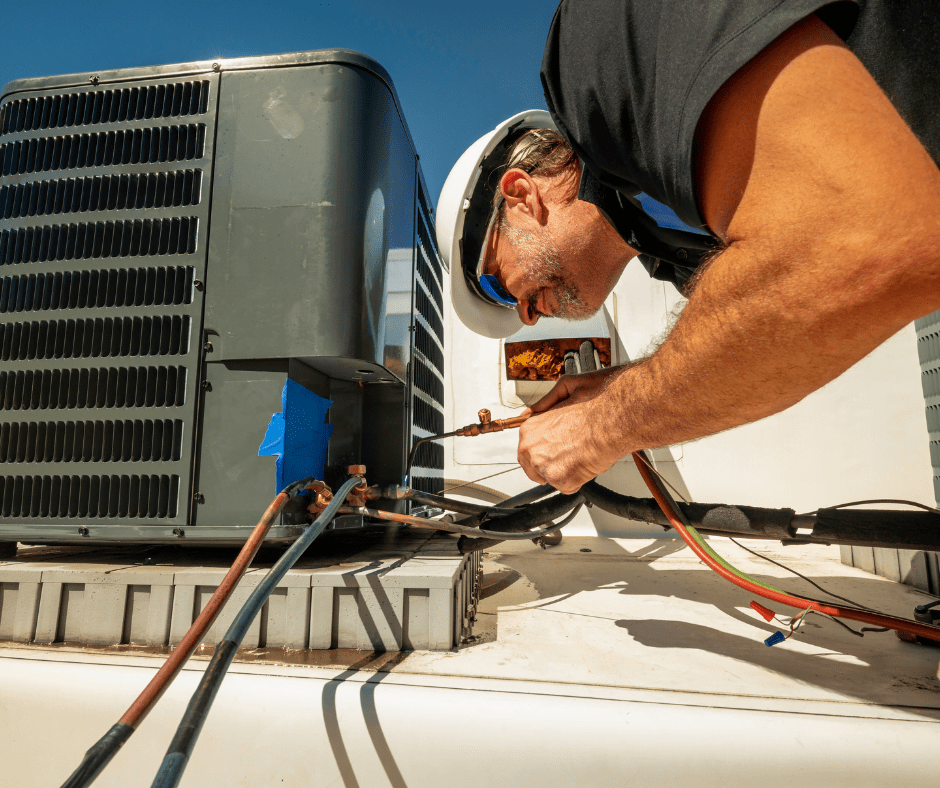
When it comes to running a successful business, ensuring that your commercial HVAC system is functioning properly is crucial. However, dealing with commercial HVAC problems can be a headache for many business owners. From inconsistent temperatures to high energy bills, there are a variety of issues that can arise with your commercial HVAC system. In this blog post, we will discuss common commercial HVAC problems and provide tips and tricks for addressing these issues.
Understanding Your Commercial HVAC System
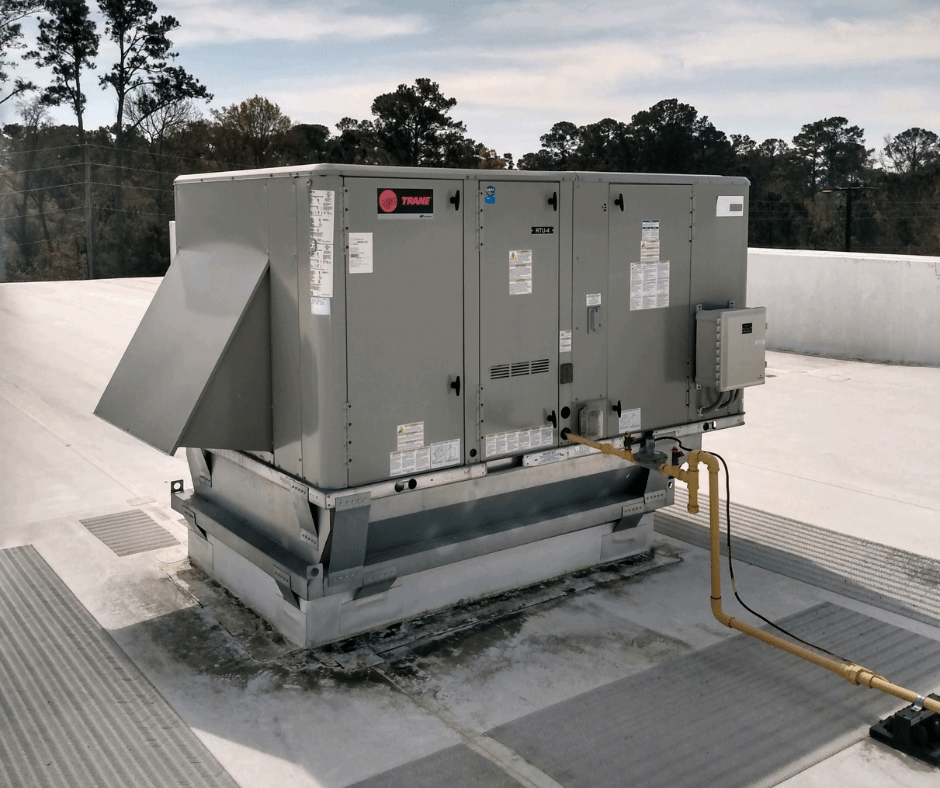
Grasping the complexity of your commercial HVAC system is the first step toward effectively managing and troubleshooting common commercial HVAC problems that may arise. These systems, pivotal for maintaining the ideal temperature and air quality within commercial spaces, encompass a variety of components such as air handlers, ductwork, thermostats, and cooling units. Each plays a vital role in the system’s overall function, with air handlers facilitating air movement, ductwork distributing conditioned air throughout the building, and thermostats regulating the environment based on preset preferences.
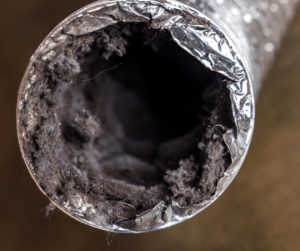
A deep dive into how these elements interconnect reveals the intricacy of commercial HVAC operations. For example, air handlers must work efficiently to circulate air without overburdening the system, while the ductwork must be free of leaks or blockages to ensure uniform temperature distribution. Likewise, thermostats require accurate calibration to effectively communicate with the HVAC system, adjusting heating or cooling as needed.
Understanding the mechanics behind these components not only aids in identifying the root causes of common commercial HVAC problems but also empowers business owners to communicate more effectively with maintenance technicians. Additionally, this knowledge can guide decisions regarding upgrades or changes within the system to enhance efficiency, potentially leading to cost savings and a reduced environmental impact.
By familiarizing oneself with the basics of their commercial HVAC system, business owners can take a proactive approach in maintaining a comfortable, energy-efficient environment for employees and customers alike. This foundational knowledge is crucial for navigating the complexities of commercial HVAC problems management and ensuring the longevity and reliability of the system.
Inconsistent Temperatures Across the Building
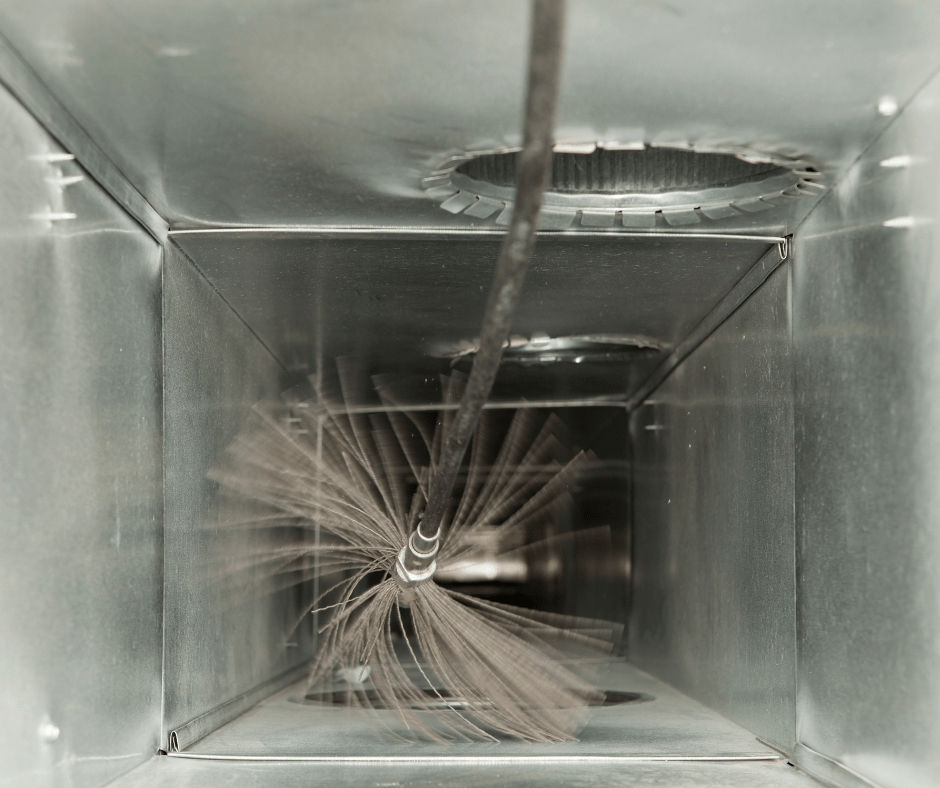
Experiencing uneven heating or cooling in different parts of your building is a frequent issue that undermines the comfort and efficiency of a commercial space. Such temperature disparities can stem from multiple sources, including poor insulation, vent blockages, or a thermostat that isn’t functioning correctly. Identifying the exact cause is the initial step towards rectifying these types of commercial HVAC problems. A thorough examination of the building’s insulation should be conducted to ensure it meets the necessary standards for efficient temperature regulation.
Additionally, inspecting the vents for any obstructions and ensuring they are open and unblocked is critical, as even minor blockages can significantly affect airflow and, consequently, temperature distribution. Thermostats should not only be checked for correct operation but also for their placement; a thermostat situated in an area that is unusually warm or cool can misrepresent the overall temperature of the building, leading to uneven heating or cooling.
Addressing these issues promptly can restore balance to the system, ensuring a uniformly comfortable environment throughout the building. Tackling these challenges head-on not only enhances the comfort for occupants but also contributes to the efficient operation of the entire HVAC system, paving the way for potential energy savings and a more agreeable indoor atmosphere.
Unusually High Energy Bills Are a Sign of Commercial HVAC Problems
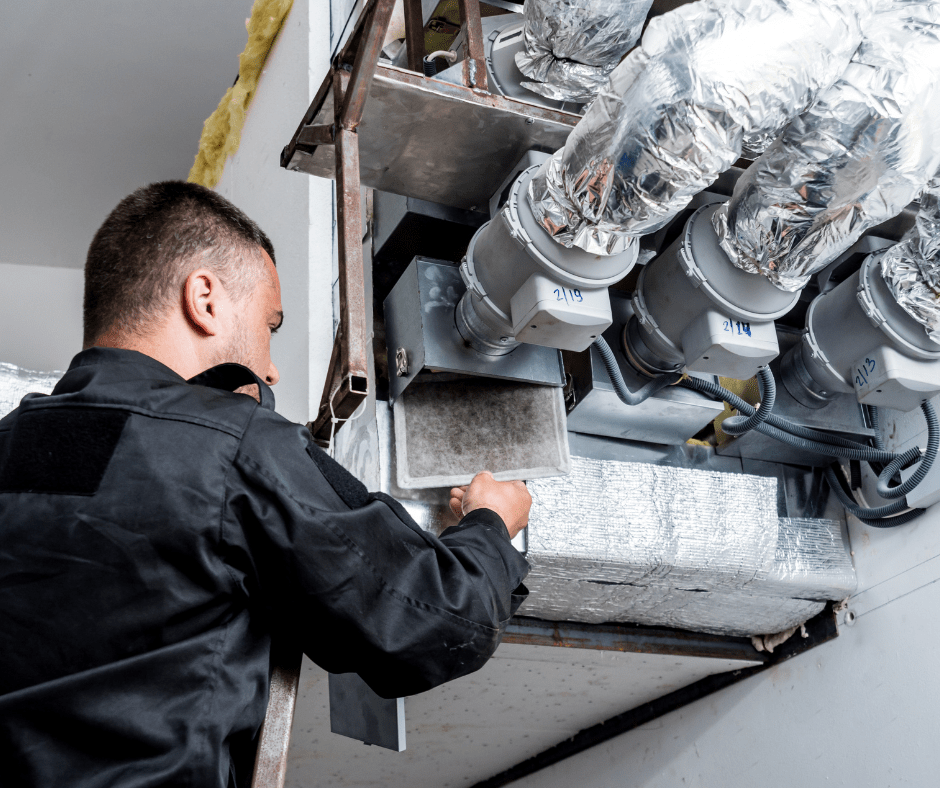
One of the common commercial HVAC problems is when exorbitant energy expenses often signal inefficiencies within a commercial HVAC system, indicating it’s working harder than necessary and leading to increased operational costs. To combat this, implementing energy-saving measures can significantly mitigate high costs and enhance your heating and cooling system performance.
One effective strategy includes the diligent replacement of air filters. Over time, air filters can accumulate dust and debris, impeding airflow and forcing the system to expend extra energy to maintain desired temperatures. Regularly changing these filters ensures smoother operation and can markedly reduce energy consumption.
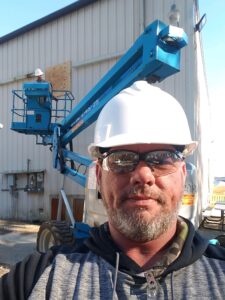
Another proactive step involves arranging for periodic maintenance inspections. These checks allow for the early detection and resolution of potential issues, such as leaks in the ductwork or malfunctioning components, that can compromise system efficiency. This preemptive approach not only curtails energy use but also circumvents the escalation of minor issues into more severe, costly repairs.
Additionally, the adoption of a programmable thermostat presents an opportunity for substantial energy savings. Programmable thermostats can be set to adjust the temperature according to the building’s occupancy schedule, ensuring that energy is not wasted heating or cooling unoccupied spaces. This level of control can lead to considerable reductions in energy bills and significantly enhance the overall efficiency of a commercial HVAC system.
Through these strategies—regular filter changes, scheduled maintenance, and the use of programmable thermostats—business owners can achieve a more energy-efficient HVAC operation, resulting in lower energy bills and a more environmentally friendly footprint.
Strange Noises Coming from the HVAC System

Another common type of commercial HVAC problems that is heavily reported is the hearing of unusual sounds emanating from your commercial HVAC system. This can raise immediate concerns. These auditory cues, ranging from clanging and buzzing to whistling or grinding, often serve as early warning signs of potential malfunctions within the system.
For instance, a banging or clanging noise might suggest loose parts that, if unattended, could lead to more significant damage. Similarly, a persistent whistling might indicate a restriction in airflow, possibly due to a clogged filter or a leak in the ductwork.
Diagnosing these issues promptly is crucial to prevent a minor problem from escalating into a major system failure. It’s essential to pinpoint the type of noise and its source, as this information can offer valuable clues about the nature of the issue. For example, squealing sounds may hint at belt problems in the fan or motor, necessitating a quick replacement to avoid system downtime.
Consulting with a professional HVAC technician is the most effective course of action for investigating and resolving your commercial HVAC problems. These experts possess the necessary tools and expertise to conduct a comprehensive assessment, identifying the root cause of the noise and implementing a suitable fix. Their intervention not only addresses the immediate concern but also contributes to the system’s long-term health and efficiency.
Engaging in regular maintenance can also play a pivotal role in mitigating these auditory warnings. Scheduled inspections help in detecting and rectifying small issues before they evolve into larger, more disruptive problems. Thus, keeping an ear out for strange noises and responding proactively is indispensable for maintaining the optimal performance of your commercial HVAC system.
Frequent Repairs and Maintenance Issues
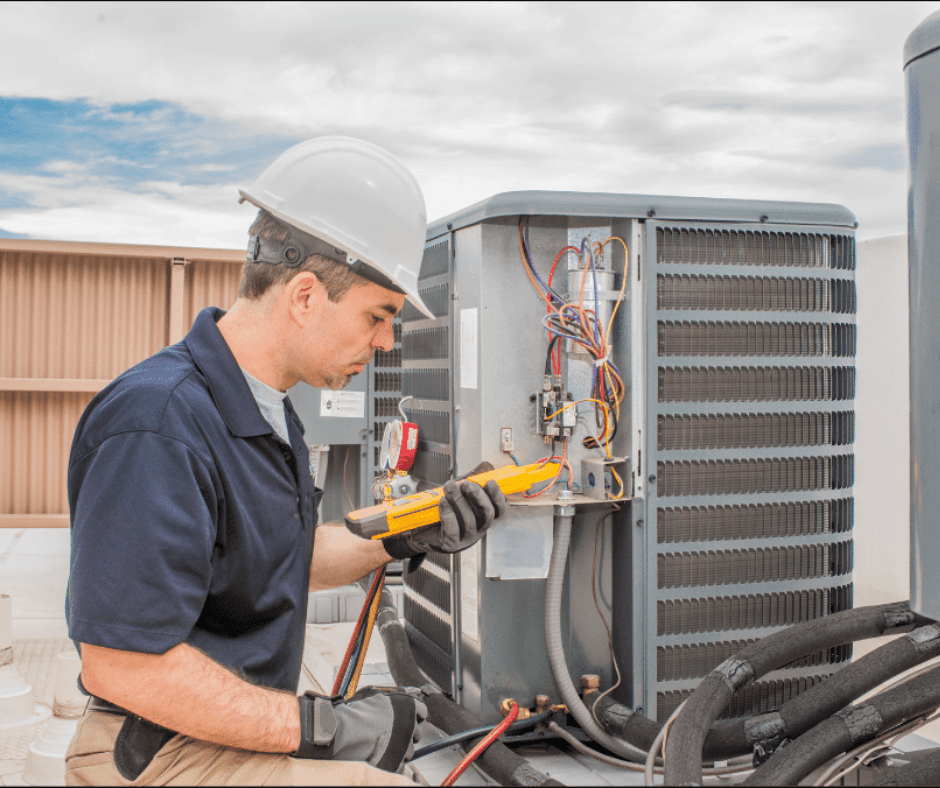
Encountering ongoing repairs and maintenance dilemmas is a common challenge in managing commercial HVAC systems. These interruptions not only affect the day-to-day operations but also impact the overall comfort and productivity within the workspace. Regular and preventive maintenance is the cornerstone of minimizing these types of disruptive commercial HVAC problems.
By instituting a routine schedule for inspecting and servicing your HVAC components, you can significantly diminish the occurrence of unexpected issues that necessitate immediate repair. This approach is pivotal in identifying potential problems early on, such as deteriorating parts or inefficient performance, allowing for timely interventions before they escalate into larger concerns.
Routine checks can highlight areas that require attention, from recalibrating thermostats to clearing clogged air filters or sealing leaks within the ductwork. Implementing these maintenance practices not only aids in preserving the system’s optimal functionality but also contributes to extending its lifespan, thereby offering a cost-effective solution to frequent repair needs.
Proactive engagement with these strategies ensures that your HVAC system remains reliable, efficient, and less likely to suffer from the wear and tear that leads to recurrent malfunctions. This level of attentiveness also promotes a healthier indoor air quality and environment by preventing issues that can compromise the system’s ability to filter and circulate clean air. In essence, by prioritizing regular maintenance, business owners can effectively reduce the incidence of repairs and uphold a more stable and efficient HVAC operation.
Solutions for Improving Indoor Air Quality
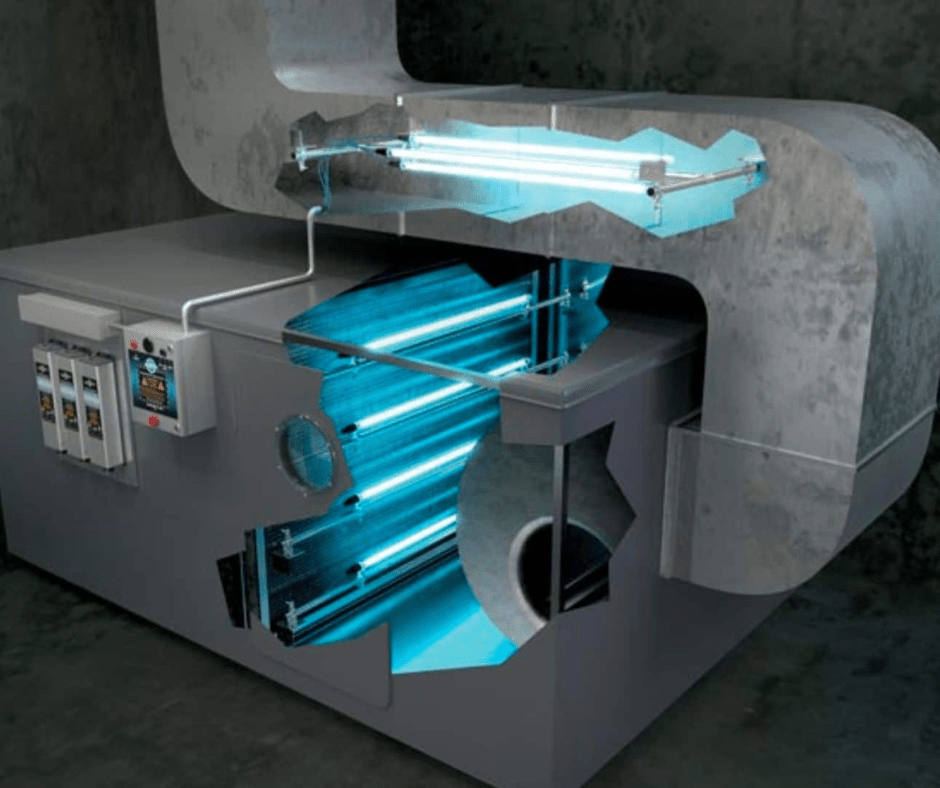
Elevating the quality of indoor air within a commercial space is imperative for safeguarding the health and well-being of everyone who enters. There are several strategies businesses can employ to achieve this goal effectively. One approach is the integration of advanced air purification systems designed to remove contaminants, allergens, and pollutants from the air. These systems work in tandem with your HVAC to ensure a cleaner breathing environment.
Adding UV lights to your HVAC system represents another layer of protection, targeting and neutralizing airborne pathogens and mold spores that can circulate through ductwork. This technology, while subtle, plays a crucial role in maintaining a sterile air supply, significantly reducing the risk of illness transmission.
Improving ventilation is also a key factor in enhancing indoor air quality. Increasing the flow of outdoor air into the building helps dilute accumulated indoor pollutants. This may involve adjusting HVAC settings to allow for more frequent air exchanges or installing energy recovery ventilators (ERVs) that efficiently introduce fresh air without compromising the system’s energy efficiency.
Ensuring the cleanliness of the commercial space itself is equally important. Regular cleaning and dusting reduce the particulate matter that can become airborne and circulate through the HVAC system. Attention should be paid to areas that may harbor moisture and mold, as these can be sources of harmful airborne contaminants.
By implementing these measures, businesses can significantly improve the air quality within their premises, fostering a healthier and more pleasant environment for employees, clients, and visitors alike.
Navigating the Challenges of HVAC System Upgrades
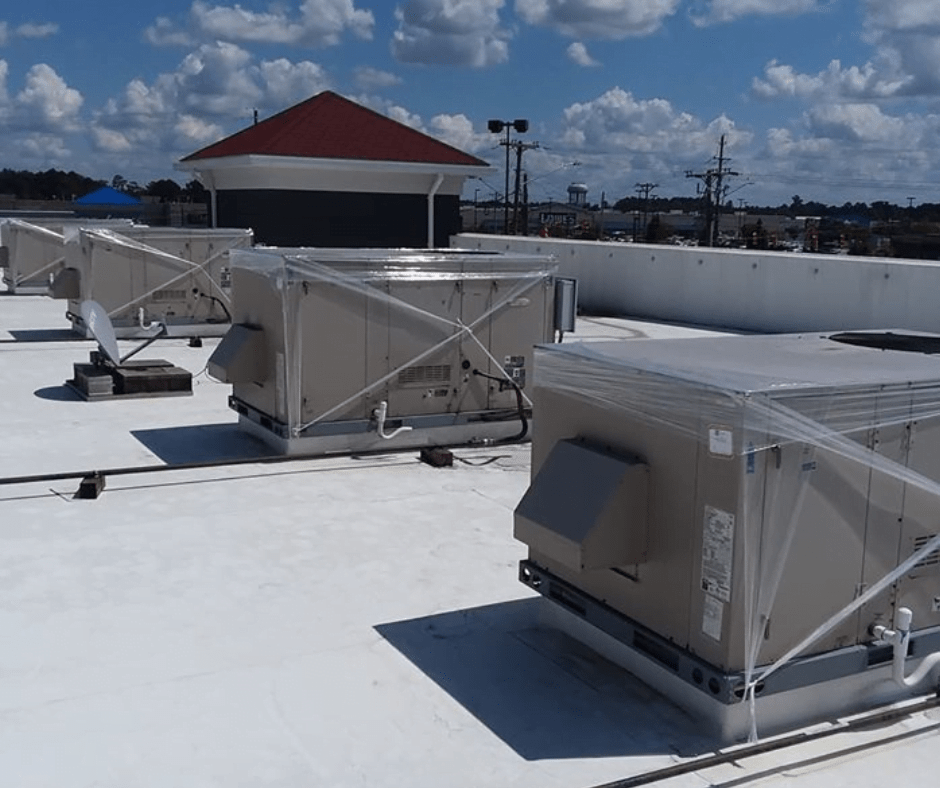
Upgrading your commercial HVAC system presents a unique set of challenges that require careful planning and execution. As your business’s needs evolve, so too must the systems that support its operation. The first step in tackling an HVAC upgrade is conducting a comprehensive assessment of your current system’s capabilities versus the demands of your space. This might involve evaluating the age of the system, its energy consumption patterns, and how well it has been maintaining indoor air quality and comfort levels.
Partnering with a skilled HVAC contractor is essential for navigating these waters successfully. They can offer valuable insights into the latest technologies and systems that could best meet your needs, taking into consideration factors like energy efficiency, cost, and the specific requirements of your commercial space. Additionally, a professional can guide you through the regulatory and compliance aspects of HVAC upgrades, ensuring that your new system adheres to local codes and environmental standards.
The transition to a new HVAC system is also an opportune time to consider integrating smart technology. Modern systems offer advanced features such as programmable thermostats, remote monitoring, and automation capabilities that can further enhance energy efficiency and operational convenience.
Financing an HVAC upgrade can be a significant concern, but there are often incentives and rebates available for businesses that invest in energy-efficient systems. Exploring these options with your contractor can help offset some of the initial costs and contribute to long-term savings.
Careful planning, alongside professional guidance, can streamline the process of upgrading your commercial HVAC system, ensuring that your business remains comfortable, compliant, and cost-efficient.
Choosing the Right Professional for HVAC Maintenance and Repairs
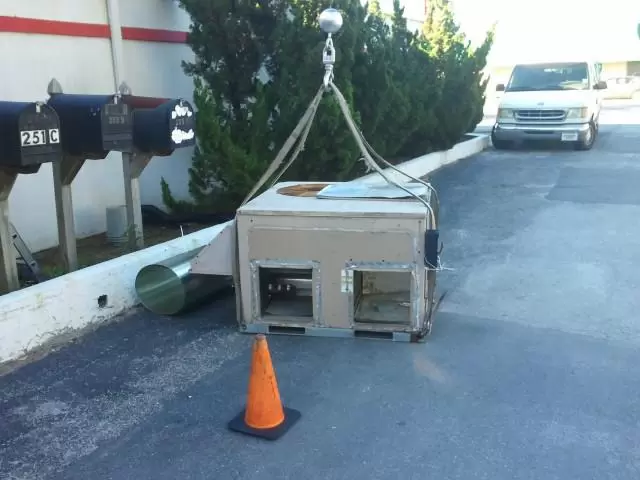
Selecting an adept and experienced HVAC technician is a pivotal step toward ensuring the efficient operation and longevity of your commercial HVAC system. The key to a successful partnership lies in conducting thorough due diligence before making a hiring decision. Start by verifying the technician’s licensing and certification, ensuring they meet the industry standards and have the expertise to handle complex commercial HVAC systems.
Additionally, exploring reviews and testimonials from past clients can provide valuable insights into their reliability and quality of service. Don’t hesitate to request references, and take the time to follow up with them to gauge the technician’s track record on similar projects.
It’s also beneficial to inquire about their experience with systems similar to yours, as commercial HVAC units can vary significantly in design and complexity. This step is crucial in determining if they possess the specific skills required to address your system’s unique needs. Moreover, understanding their approach to preventive maintenance and emergency repairs can offer a glimpse into how they manage unexpected challenges and their commitment to keeping your system running smoothly.
By prioritizing these considerations, you position yourself to find a technician who not only brings the necessary technical acumen to the table but also aligns with your expectations for service excellence and reliability. This careful selection process is integral in forging a relationship that enhances the performance and dependability of your commercial HVAC investment.
